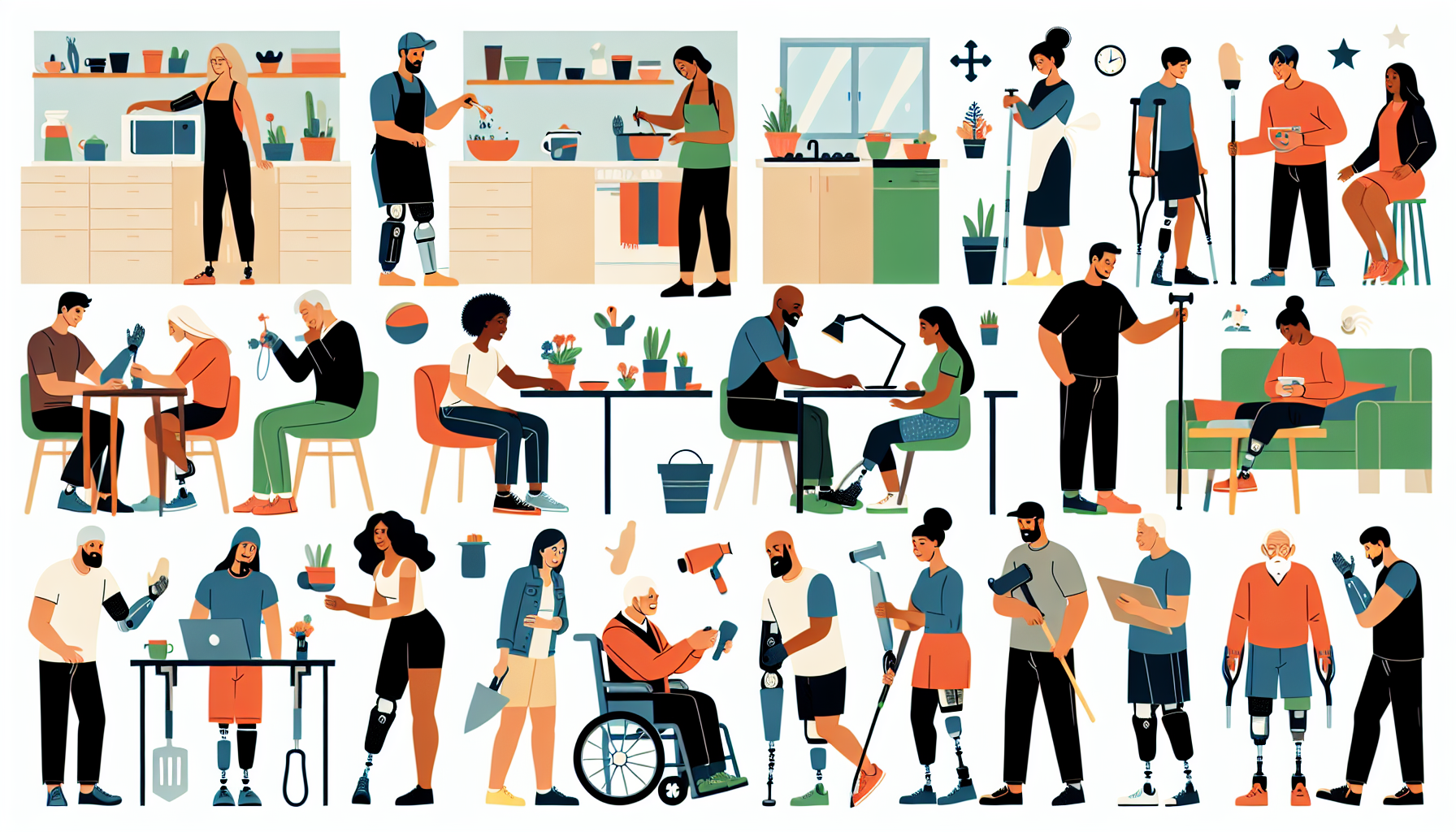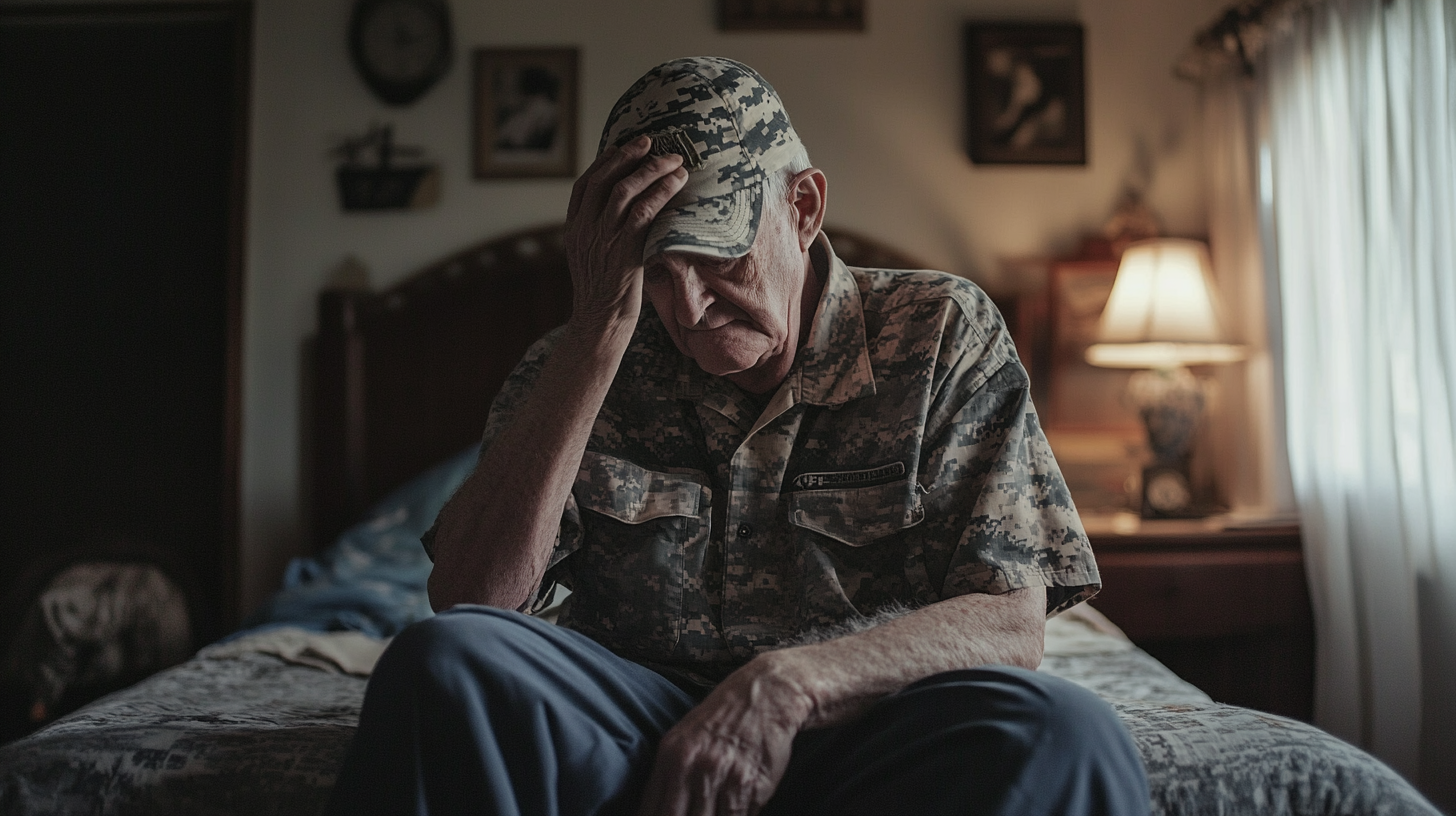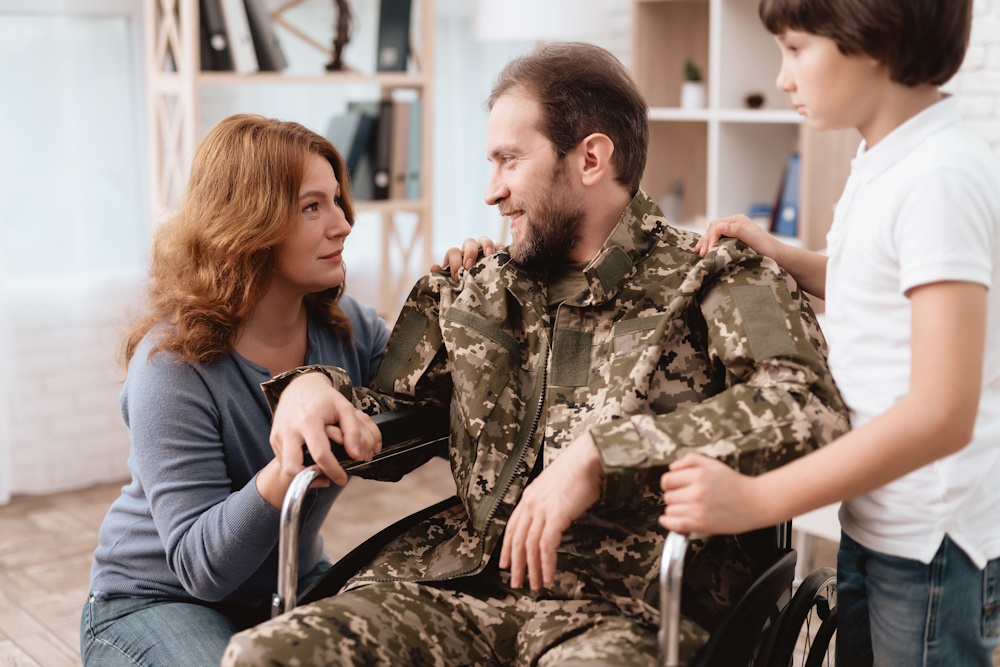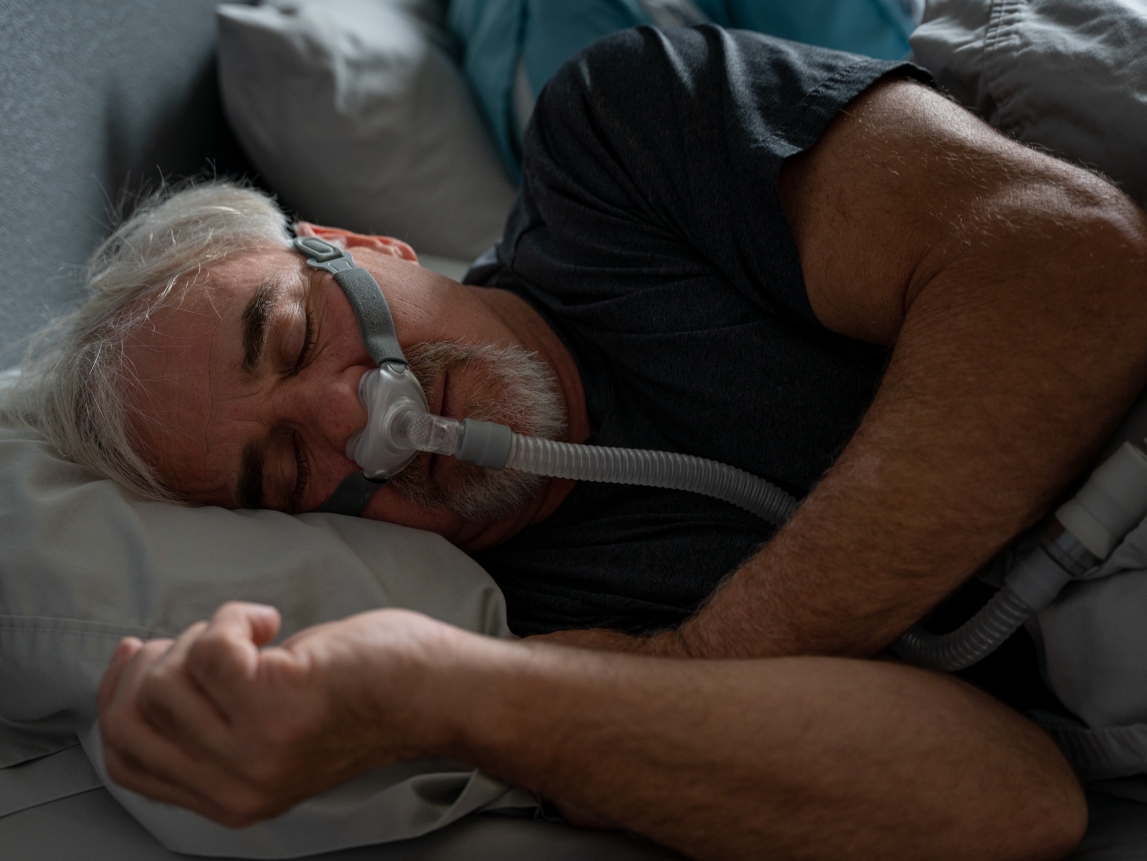Definition
The Disabled Veterans Rehabilitation Program refers to a collection of programs and services aimed at helping disabled veterans reintegrate into society, achieve personal independence, and find suitable employment. These programs are facilitated by the U.S. Department of Veterans Affairs and may include vocational training, educational assistance, and job-search support. The ultimate goal is to improve the quality of life for disabled veterans and assist them in overcoming barriers caused by their disabilities.
Key Takeaways
- The Disabled Veterans Rehabilitation Program (DVRP) provides assistance to veterans with service-connected disabilities, focusing on vocational rehabilitation and employment services.
- This program helps eligible veterans develop a personalized plan for rehabilitation, offering resources such as education, training, job placement, and independent living support.
- Participants in DVRP must have at least a 20% disability rating related to service and need professional assistance to overcome barriers to employment or independent living.
Importance
The Disabled Veterans Rehabilitation Program is a crucial element within the realm of VA benefits, as it plays a significant role in the reintegration and overall well-being of veterans who have acquired disabilities during their service.
This program offers comprehensive services such as education, training, employment, and support to help disabled veterans overcome any socio-economic barriers and successfully transition into civilian life.
By focusing on fostering independence, vocational rehabilitation, and self-sufficiency, the Disabled Veterans Rehabilitation Program ensures that those who have made significant sacrifices for their country receive the essential assistance and resources they need to adapt and thrive in their post-service lives.
Explanation
The Disabled Veterans Rehabilitation Program serves a crucial purpose in providing support and assistance to disabled veterans in their transition back into civilian life. Often, these brave individuals have acquired disabilities resulting from their service, which can impede their ability to secure meaningful employment, access healthcare, and reintegrate into society.
Recognizing the challenges that disabled veterans face, the program is designed to equip them with the necessary resources and services that enable them to lead independent and fulfilling lives. It also ensures that veterans are not left to fend for themselves but are supported in their journey to regain agency, build self-reliance, and ultimately contribute to their communities and the nation.
One of the key aspects of Disabled Veterans Rehabilitation Program focuses on vocational rehabilitation and employment services that not only assess the veterans’ skills, interests, and abilities, but also provide them with comprehensive career counseling, job search assistance, and support with resume building. By doing so, the program aims to increase the likelihood of finding suitable employment, leading to a stable income and sense of self-worth.
Additionally, the program offers educational assistance, wherein veterans are given access to various training programs and education benefits, enabling them to complete or further their education and enhance their skills. Through these initiatives, the Disabled Veterans Rehabilitation Program demonstrates its commitment to upholding the welfare of disabled veterans and ensuring that their sacrifices are duly acknowledged and honored through sustained support and care.
Examples of Disabled Veterans Rehabilitation Program
The Disabled Veterans Rehabilitation Program refers to Vocational Rehabilitation and Employment (VR&E), also known as Chapter 31, which provides support services to eligible veterans with service-related disabilities. Here are three real world examples:
Veteran A: A veteran who served in the US Army lost his leg during a combat mission and has a 70% service-connected disability rating. After being medically retired, he decides to pursue a new career in finance. Through the VR&E program, he receives financial assistance for tuition, books, and supplies to complete a degree in finance, as well as career counseling and job placement services, allowing him to successfully transition into the civilian workforce.
Veteran B: A Navy veteran suffers from PTSD due to her military service, making it difficult for her to maintain employment. With a 60% service-connected disability rating, she is eligible for the Disabled Veterans Rehabilitation Program. She is provided a Vocational Rehabilitation Counselor who helps her develop an individualized rehabilitation plan, providing her with training and therapy, and eventually securing a work-from-home job that accommodates her condition.
Veteran C: A United States Marine Corps veteran is left with significant cognitive and physical impairments after experiencing a traumatic brain injury (TBI) during training. He has a 100% service-connected disability rating. Through the VR&E program, alongside medical care, he receives independent living services that help him learn to manage his daily tasks, such as preparing meals, managing finances, and navigating public transportation. This support allows him to live a more independent life in his community.
FAQ: Disabled Veterans Rehabilitation Program
What is the Disabled Veterans Rehabilitation Program?
The Disabled Veterans Rehabilitation Program is a VA benefit program designed to provide rehabilitation and vocational services to veterans with service-connected disabilities. The goal is to help these veterans achieve their highest level of independence and return to meaningful employment or active community life.
Who is eligible for the Disabled Veterans Rehabilitation Program?
Eligibility for the Disabled Veterans Rehabilitation Program is based on having a service-connected disability rating of at least 10% from the VA. Additional requirements include the need for vocational rehabilitation services due to the service-connected disability, and being within 12 years of the date the VA notified the veteran of their disability rating.
What services are provided by the Disabled Veterans Rehabilitation Program?
Services offered by the Disabled Veterans Rehabilitation Program include vocational and personal counseling, post-secondary education and training programs, supportive rehabilitation services, and assistance with job searching and placement. The program also offers independent living services for veterans who are unable to work due to their disabilities.
How can I apply for the Disabled Veterans Rehabilitation Program?
To apply for the Disabled Veterans Rehabilitation Program, you can submit an application through the eBenefits web portal, visit your local VA regional office, or contact a VA Vocational Rehabilitation Counselor. You will need to provide documentation of your service-connected disability rating and demonstrate the need for vocational rehabilitation services.
How long does the Disabled Veterans Rehabilitation Program provide services for?
The length of the Disabled Veterans Rehabilitation Program varies depending on the individual needs and goals of each veteran. The program generally provides services for up to 48 months, although extensions may be granted in certain circumstances if additional time is required to achieve the rehabilitation goals.
Related VA Benefit Terms
- Vocational Rehabilitation and Employment (VR&E) services
- Individualized rehabilitation plan
- Disability compensation benefits
- Education and career counseling
- Independent Living Program
Sources for More Information
- U.S. Department of Veterans Affairs
- Veterans Benefits Administration – Vocational Rehabilitation and Employment
- Disabled American Veterans (DAV)
- Paralyzed Veterans of America
 Benefits.com Advisors
Benefits.com Advisors
With expertise spanning local, state, and federal benefit programs, our team is dedicated to guiding individuals towards the perfect program tailored to their unique circumstances.
Rise to the top with Peak Benefits!
Join our Peak Benefits Newsletter for the latest news, resources, and offers on all things government benefits.




















